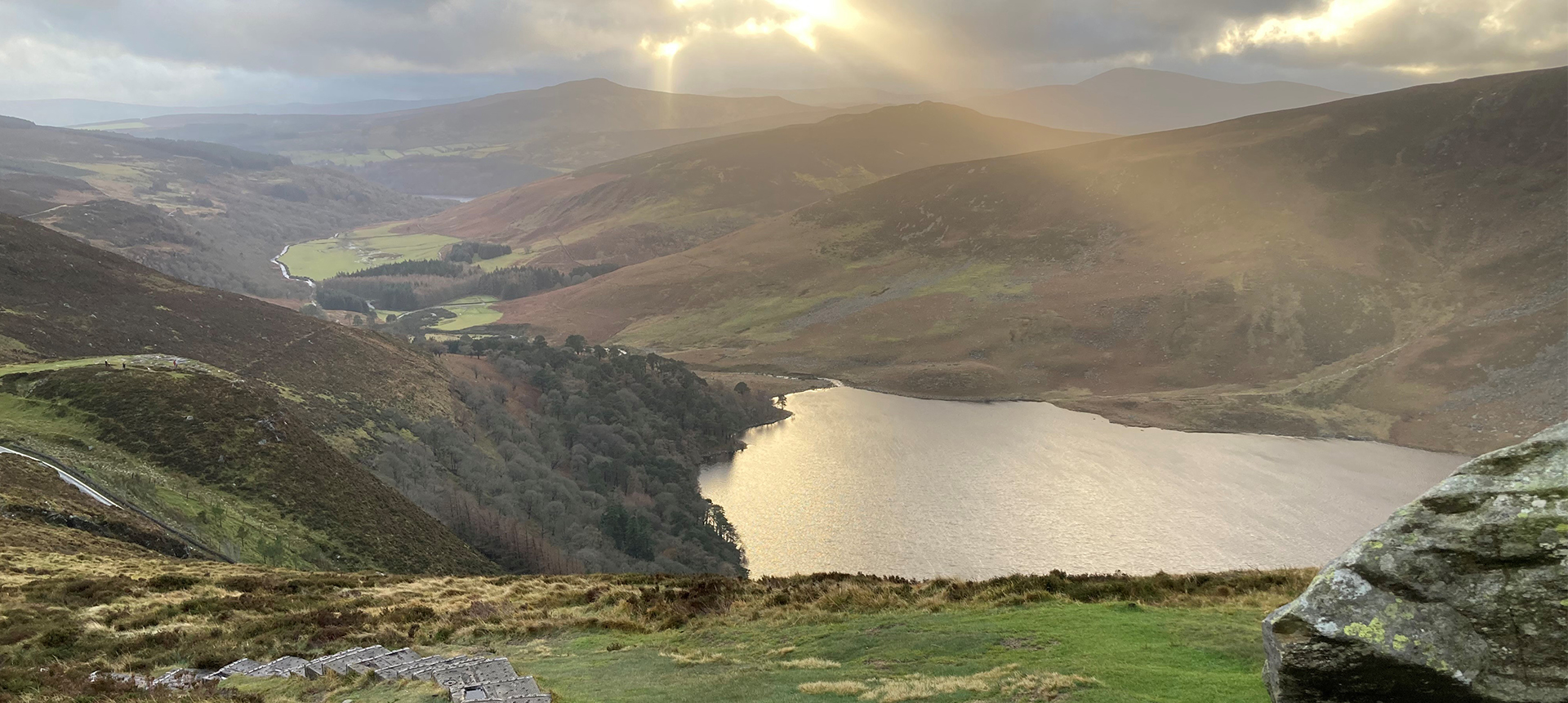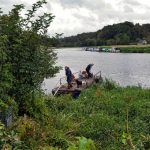[vc_row][vc_column][vc_column_text]On October 7th, 2017, a large community clean-up was held…
Community Groups: Tomhaggard Clean Coasts Group
Tomhaggard Clean Coasts Group began in 2021 with a group of close knit family and friends. Since then, it’s grown into a vibrant community effort of over 80 members of all ages and multiple nationalities tackling a 27km stretch of coastline from Nethertown to Cullenstown – just over 10% of Wexford’s coast. Clean ups take place every week from April to September, and monthly in winter.
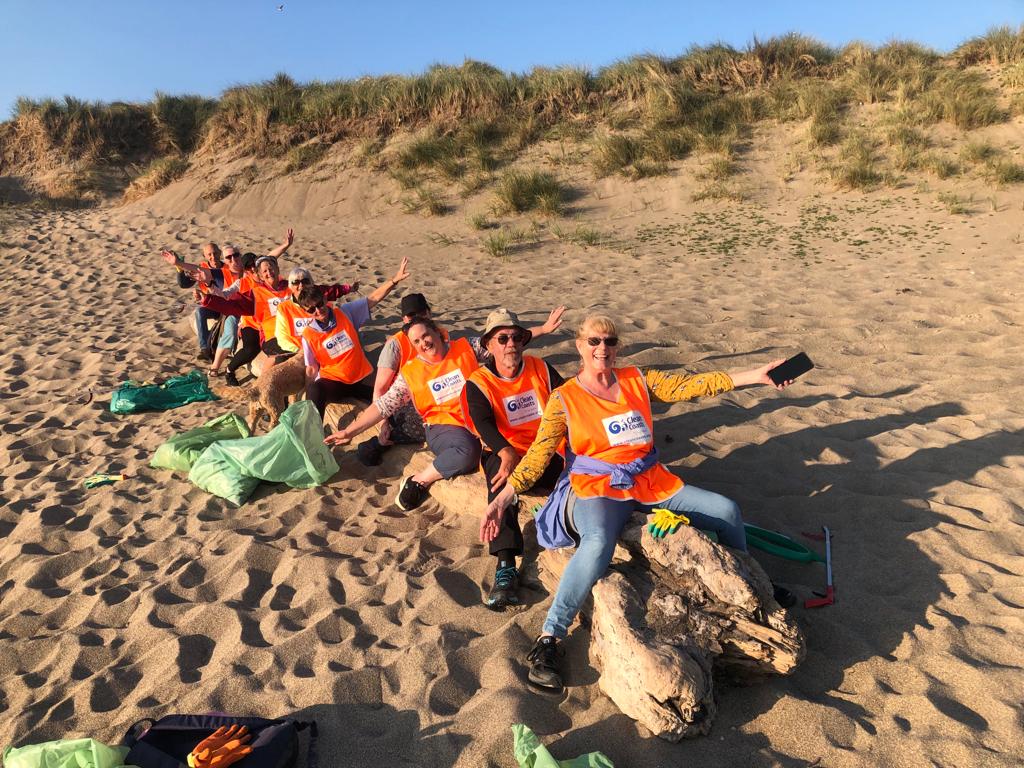
Tomhaggard Clean Coasts Group don’t just clean! They teach. They host talks, walks, and tours that help people understand the value of our coast. On average, in addition to clean ups, the Tomhaggard Clean Coasts group host educational events. On May 24th 2025, the group hosted their first ever mini festival, ‘Connections’, during Biodiversity Week! Events like these bring everyone into the conversation. Proceeds from the festival were donated to the local branch of meals on wheels.
Returned from the Sea Project
During 2024, the group removed 10 tonnes of waste and diverted 2 tonnes, including 178 lobster pots, from landfill through our circular economy initiative, the ‘Returned from the Sea Project’. The team partnered with Wexford County Council to set up a unit at the pier in Kilmore Quay, where people can help themselves to items recovered during clean-ups. Volunteers restocked the unit 10 times throughout the year. The final tally was 16 lobster pots, 18 lobsterpot floors, 23 lobsterpot doors, 6 bouys, 67 spinners, 26 door hooks, 3 buffs and 1.4 km of rope!

The group strips any lobster pots that can’t be reused for metal recycling or upcycling. For example, in February 2025, they galvanised 20 lobster pot frames and repurposed them as mini poly tunnels in partnership with Edible Wexford for a growing workshop.

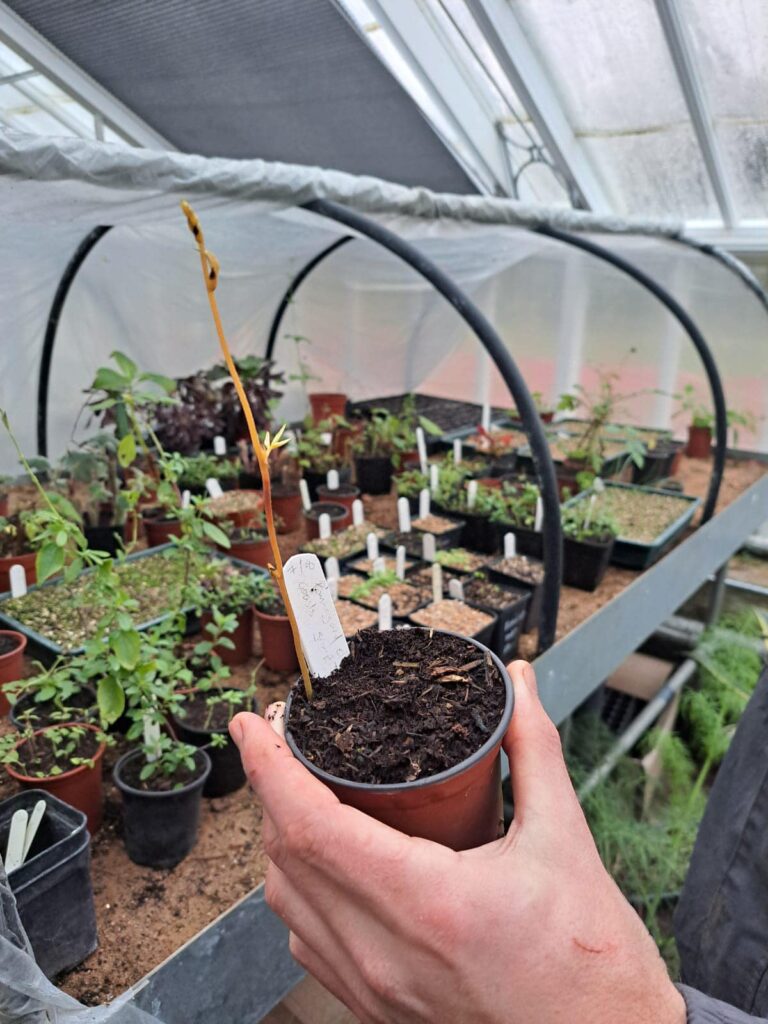
Local Beach Cleanups
In 2024, the group tackled a major “blackspot” identified by Coastwatch at the Coal Yard near Cullenstown and removed 3 tonnes of waste. To date in 2025, the group has removed over 11 tonnes of waste 6.5 tonnes of which was removed from Nethertown beach in collaboration with local people there. As we work along the coast, community groups from the various areas join us for cleanups.
Without quad bikes owned by members, these cleanups wouldn’t be possible. The National Parks and Wildlife Service (NPWS) grant us a licence each year to use quads for our cleanups. We’re also supported by Wexford County Council, who collect the waste. An Taisce Clean Coasts provides insurance for the group.
Sea Turtle Project
Last autumn we completed a Sea Turtle Project in three local schools, reaching over 600 children, using art, stories, and competitions to inspire children to protect marine life. This was made possible by adding a Biodiversity Officer, Thérèse Maddock from ‘Seashore Explore’ to our committee. Her knowledge and dedication has helped us to bring the message of how plastic in our oceans and waterways affects marine biodiversity and human health.
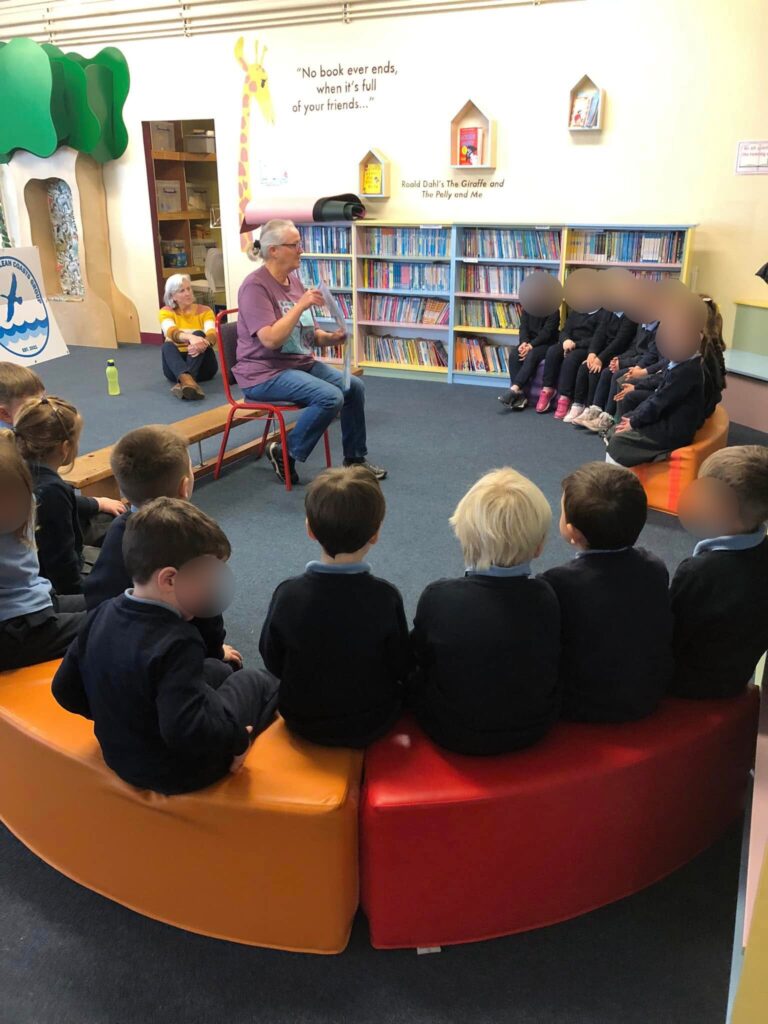
For us, it’s not just about the rubbish – it’s about the people. The friendships, the learning, the shared moments on the beach. It is the social interaction and the knowing that we are making a difference that makes this work meaningful and enjoyable.
Our community has reaped the rewards: cleaner beaches, stronger connections, increased awareness, awards and a surge of pride. In fact, we are representing Wexford at Pride of Place this year. Everyone is welcome. There’s no pressure – come when you can, in whatever way you can help.
We believe our approach can inspire others: combine regular cleanups with creativity, partnerships, and education – and always put community at the heart.
Recognising Tomhaggard’s Coastal Commitment
The Tomhaggard Clean Coasts Group has recently been recognised for its outstanding environmental work, taking home the top honour as overall winners at the 2025 Wexford County Council Environment Awards. The ceremony, held at the Ferrycarrig Hotel, celebrated local groups making a real difference, and Tomhaggard’s achievement highlights their dedication to protecting Wexford’s coastline and fostering community spirit. Reference: Irish Independent
Learn more:
To see more of what we’re doing or get involved, follow Tomhaggard Clean Coasts on Facebook or Instagram.


